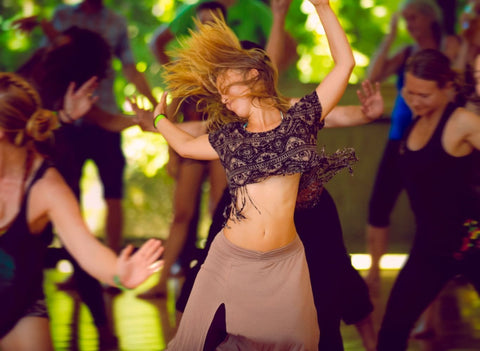The sense of rhythm is an innate human ability that promotes social cohesion and has multiple positive effects on our physical and mental health, according to science.
It is an activity accessible to everyone and comes in a multitude of options. Belly dance, classical, modern, jazz, zumba, rock... Whatever the modality we practice, and regardless of our age, dancing alone will bring us advantages.
How Dancing Helps Our Physical Health
Dancing is a great way to stay fit because it requires us to practice many different skills. It forces us to use many different parts of our body, from our head to our toes, so it can be a full-body workout.
Increased flexibility and elasticity: According to research, cross-country skiers who received dance training for several months showed improvements in joint mobility and muscle flexibility of the spine, as well as in speed and agility.
Boosts cardiovascular health: Dancing is a form of exercise that works the lungs and heart. Dancing is similar to high-intensity interval training (HIIT), which alternates short periods of intense effort with others of gentler effort.
Improves coordination and balance: Like many other sports activities, dancing allows us to acquire a certain balance, it teaches us to know our body well and learn to move it in the best way. The more we train, the more capable we will be of improving the point of support so that the body can endure a specific movement in a certain way.
Strengthens bones: Bearing your own weight is one of the exercises that helps us strengthen our bones the most because it forces us to work against gravity. Dancing is a good way to do this.
It helps you lose or maintain weight: Dancing, when combined with a balanced diet, can help you lose a few extra pounds or maintain your ideal weight, especially if you dance regularly. People who dance at least once a week have a Body Mass Index (BMI) below average and attribute a loss of up to 200 calories to 30 minutes of dancing.
Maintain your muscle health: the different steps, rhythms and repetitive movements allow you to work all muscle groups. With each step, your thighs and buttocks are strengthened, your abs are toned, your back is strengthened and your arms are shaped.





Comments (0)
There are no comments for this article. Be the first one to leave a message!